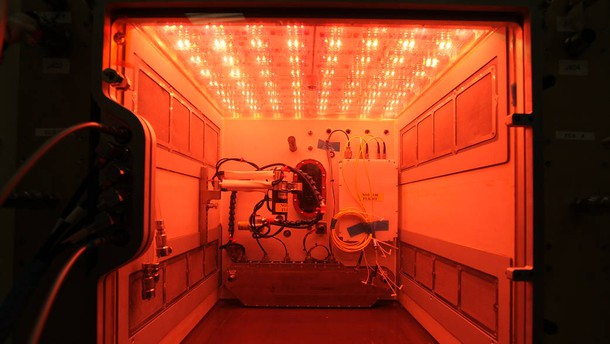
If humans are to colonize another plant, we need to be prepared - no one really knows what awaits us in space and food is one of those basic things we need to survive. So, scientists are working hard to create suitable conditions for possible future space farming.
As NASA reported, a high fidelity test version of NASA's Advanced Plant Habitat (APH), the largest plant chamber built so far, arrived at Kennedy Space Center in Florida the third week of November, 2016.
Now located in the laboratory at the Space Station Processing Facility, the prototype serves as a testing pod for NASA engineers, scientists and technicians, who will "use the unit to learn how to handle and assemble it before the actual APH unit arrives early next year."
APH is a space farming unit, a closed-loop system with a controlled environment than can house large plants, so much more than only carrots or potatoes could grow there. Next to white LEDs and infrared light, the system with 180 sensors (to monitor for example the light, oxygen levels, temperature and humidity) will also use red, green and blue LED lights, which are said to be similar to the Veggie growth system that is currently on the International Space Station (active since 2014 and growing zinnias and lettuce), however APH will reportedly have four times the light output of Veggie.
The first experiment will be a smaller one and it will be called Plant Habitat 1 or PH01. NASA team will study it with the help of Arabidopsis seeds (a.k.a. rock cress), small flowering plants related to cabbage and mustard.
Next year, both PH01 and the APH unit are said to be delivered to the International Space Station, where astronauts will be able to grow some experimental plants.



